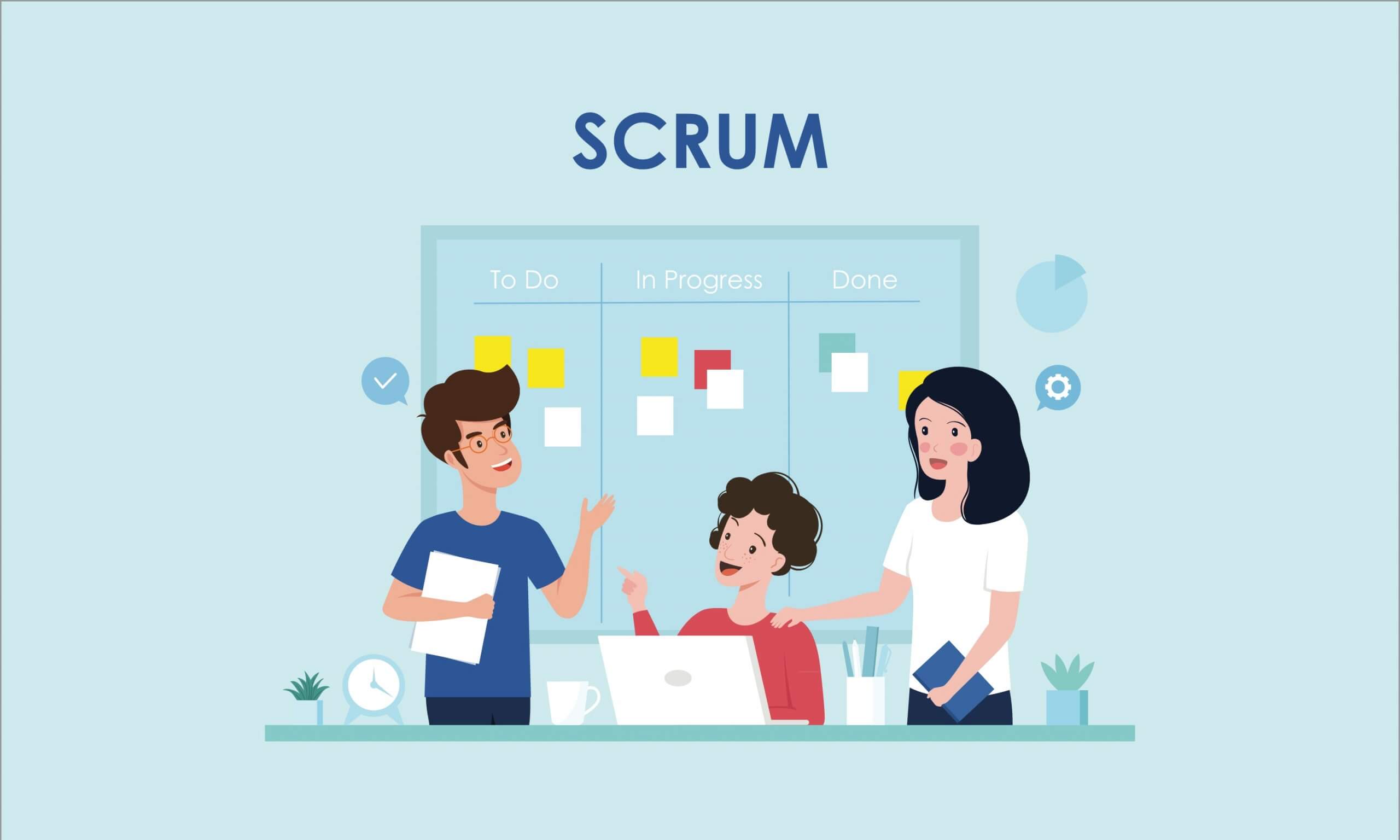50 Best Scrum Practices for Dream Team

Scrum is one of the most popular frameworks for implementing Agile. In fact, many people believe Scrum and Agile are the same thing, though they are definitely not. Agile is a group of software development methodologies based on iterative development, and Scrum is a subset of Agile but with its own peculiarities due to the commitment to short iterations.
With Scrum, products are built in a series of fixed-length iterations (sprints). This enables teams to ship software at regular intervals, receive fast feedback and adjust quickly to changing requirements.
Here is a list of Scrum best practices that have proven to help improve quality and increase productivity to deliver a product that brings value and meets business goals.
Team
- Team members work in cross-functional roles
- Team has the right balance of developers to QA (2:1 or 4:1)
- Team members collaborate to deliver high-priority stories first
- Team members proactively look for help
- Team members give each other timely constructive feedback
Scrum Master (SM)
- SM facilitates team self-organization
- SM focuses on removing impediments (resource issues, disobedience of scrum practices)
- SM protects the team from external and internal distractions
- SM enables close cooperation across all roles
- SM interfaces with the senior management
Product Owner (PO)
- PO interacts with the team and all stakeholders to create the backlog
- PO writes user stories and acceptance criteria
- PO prioritises the backlog and decides on the release date
- PO accepts or rejects user stories.
- PO cancels the sprint if s/he thinks the sprint goal is redundant
Definition of Done (DoD)
- Every story meets DoD criteria
- All team members and PO know DoD by heart and respect it
Estimation
- PO gets estimates from the team
- Only the team is estimating
- Everyone participates in estimating
- Team does estimates using planning poker
Sprint Planning Meeting
- All team members participate
- PO presents prioritised user stories to the team
- All stories in the sprint have an estimate
- The meeting results in a sprint plan
Sprint
- Team delivers something after each sprint
- Team follows PO priorities
- Team alerts PO when they have problems
- Team discusses problems when they occur (not later)
- Sprint length doesn’t change after each sprint
- Stories that have been started get finish within the same sprint
Spring Backlog (SB)
- SB is visible and easily accessible to the team
- SB is updated every day
- Task estimates are updated every day
- Team members update SB themselves
- Stories are clearly mapped
Daily Scrum (DS)
- DS takes place at the same time and place every day
- DS starts and ends on time
- All team members are involved
- PO participates in stand-ups at least a few times per week
- Team reviews the burndown chart and takes action if they are lagging
- DS lasts 15 minutes – all discussions take place afterwards
Sprint Demo
- Formal demo is done after each sprint
- Only stories accepted by PO are demonstrated
- All stakeholders are invited in advance for the demo
- Stakeholders are encouraged to give feedback during the demo
Retrospective
- Retrospective takes place after every sprint
- All team members and PO share feedback
- Team analyses data and decides on action steps
- Action steps are prioritised and implemented in upcoming sprints



